Navigating government sanctions, violence, disasters, communication barriers, and more.
There is no blueprint for transporting humanitarian aid into disaster and war zones. Our supplies cater to specific needs, assisting people who are deaf, hard-of-hearing, with vision loss, blind, elderly, and disabled. Identifying them amid power outages or complete darkness poses an initial challenge before assessing the often-damaged terrains. Desperate situations can also attract theft and violence, compelling us to continually strategize for safe corridors. Despite our regional teams’ familiarity with the area, ‘ground-zero’ introduces new and significant risks. Government sanctions can also hinder or block international aid by closing borders, or limiting/prohibiting select regions of the world from giving aid.
The regions of the world where we respond are not always covered in the media, and the people we serve typically do not have the privilege to seek safe refuge/cross borders. Where there is international attention or aid, the voices of DHH and people with disabilities (PWDs) are frequently absent. This compels us to release graphic material from the frontlines to raise awareness and support.
Protecting our team and the people we are serving involves numerous strategies. Though this crucial aspect of our operations might be less visible and thus less appreciated, it is nonetheless a significant part of ‘how’ we carry out each mission.

